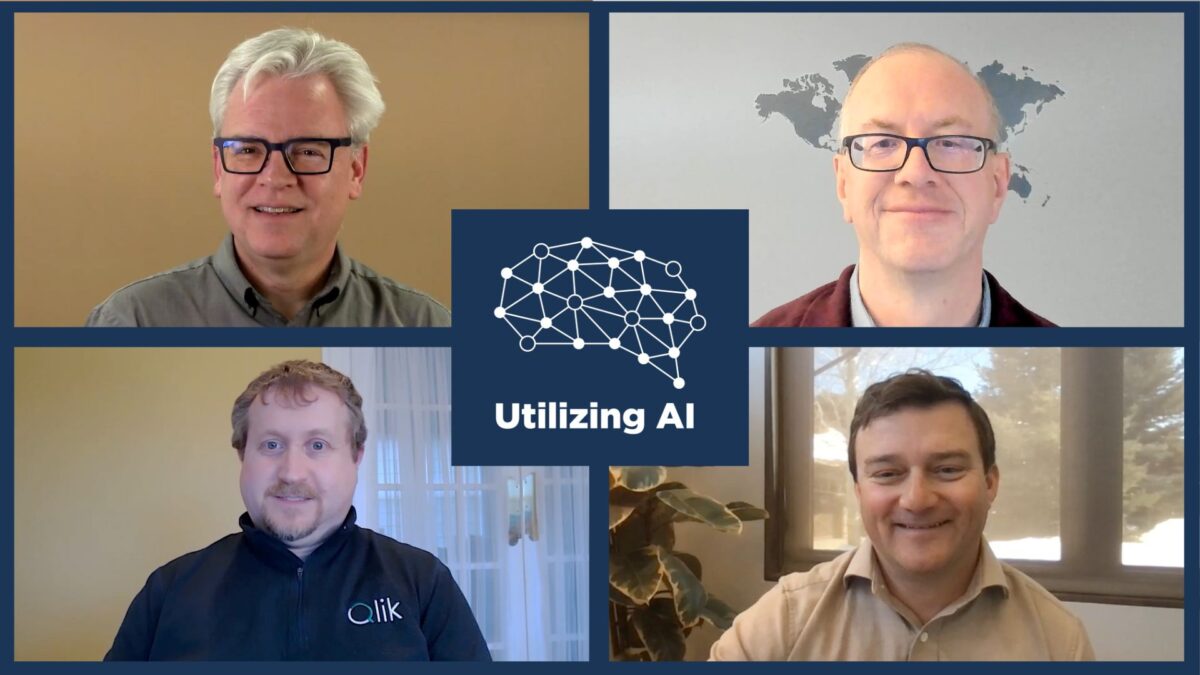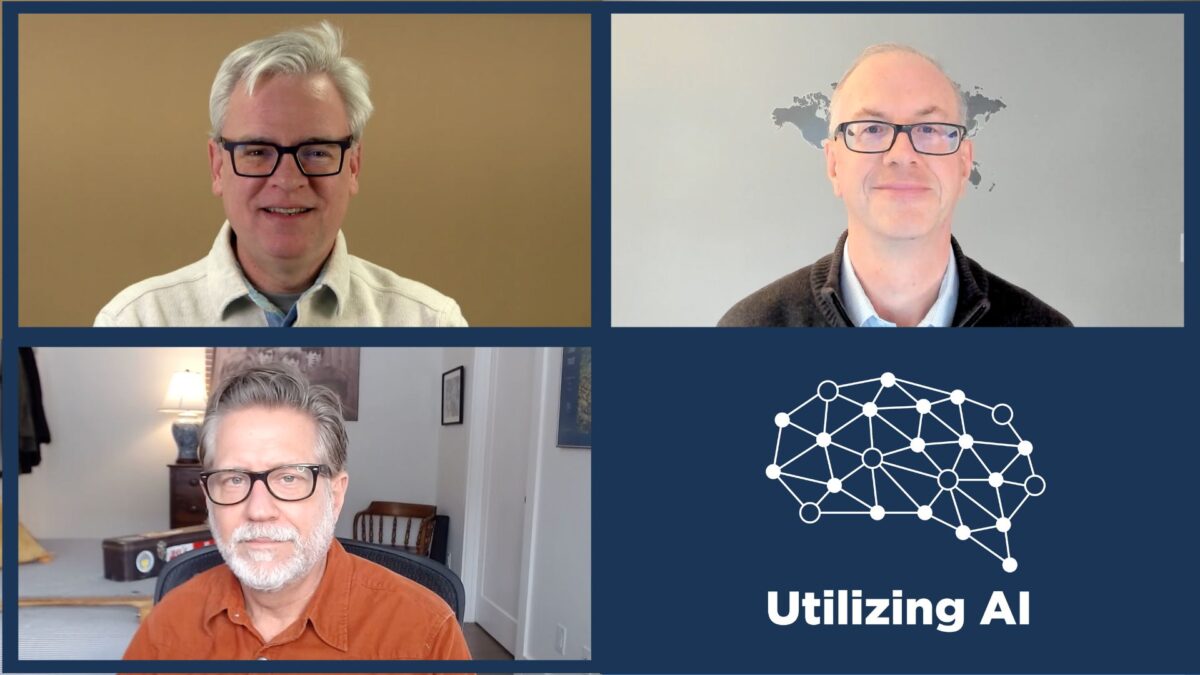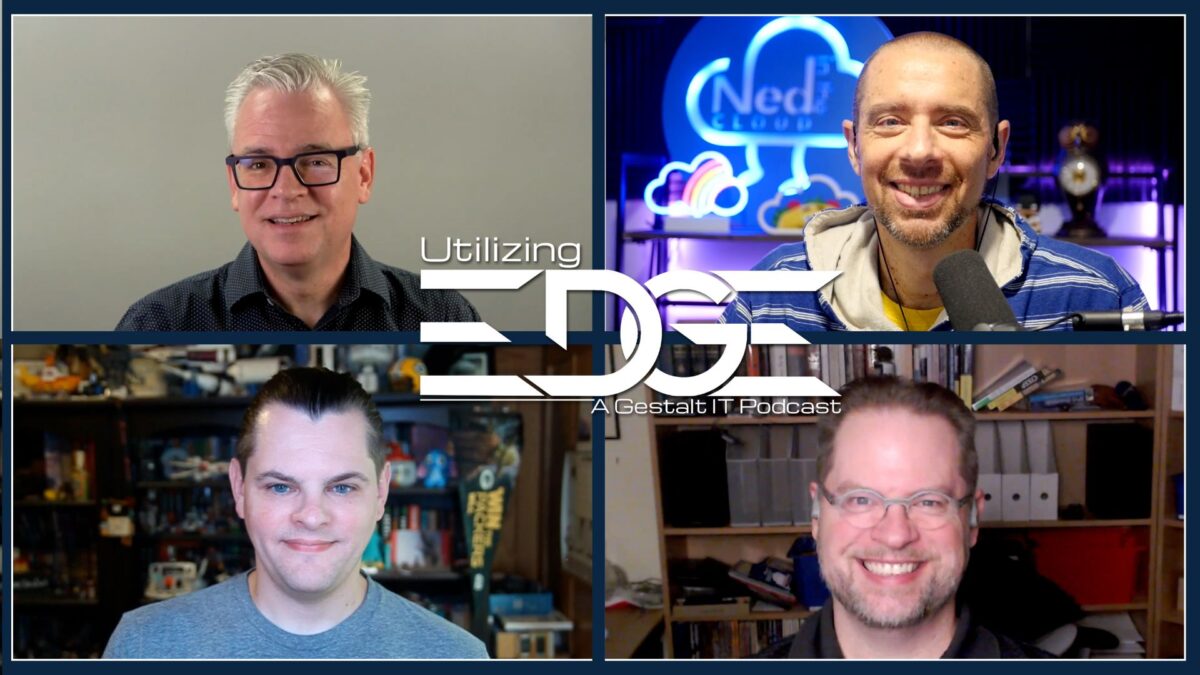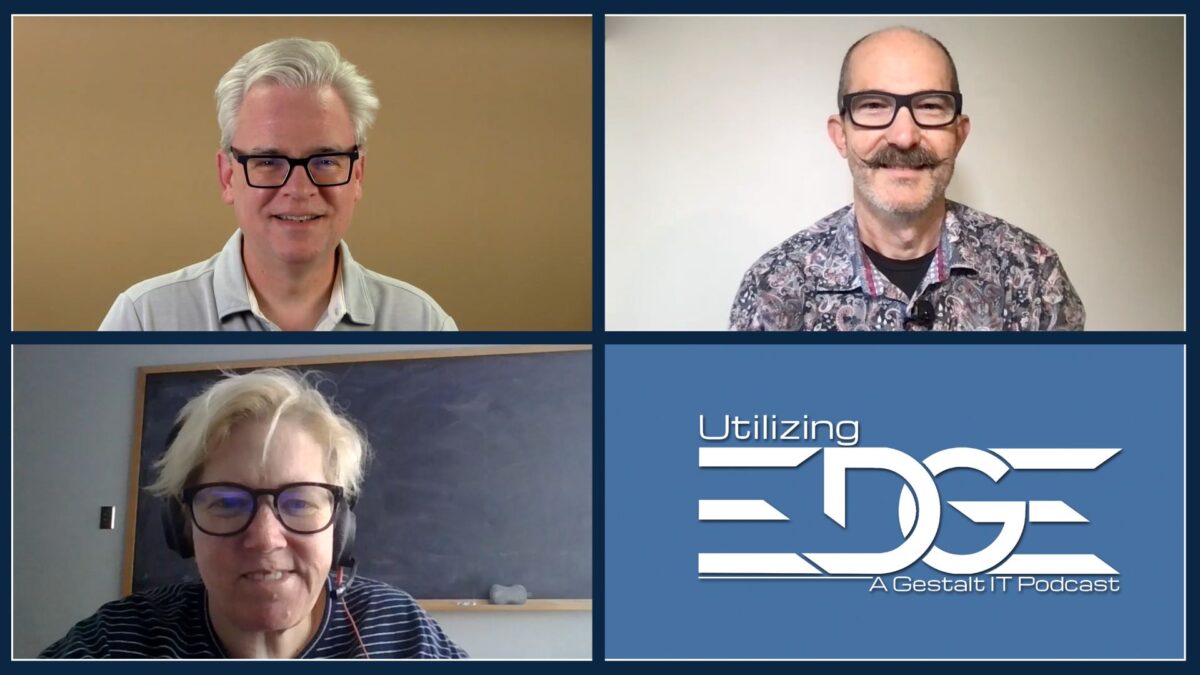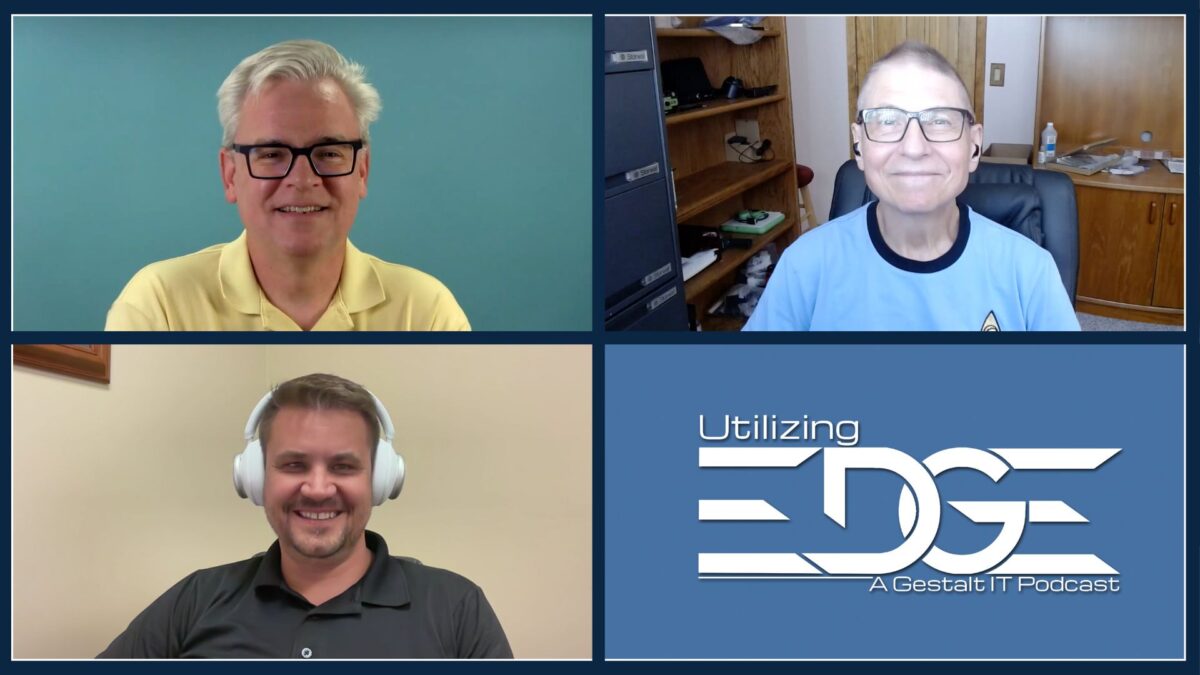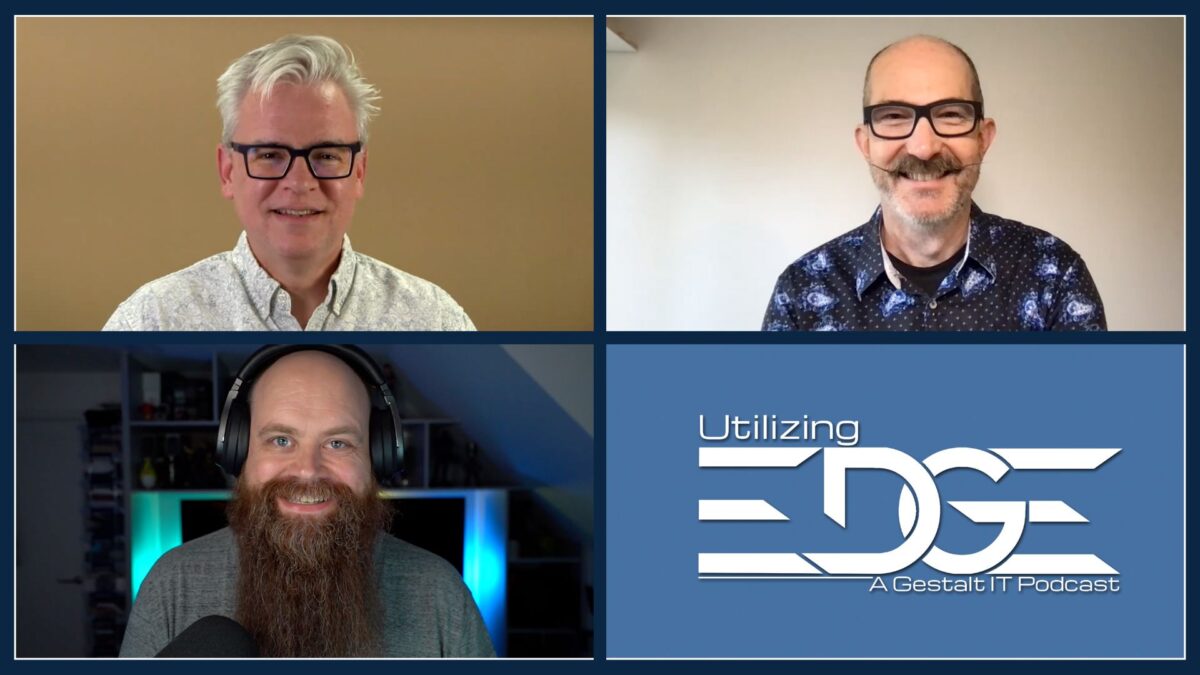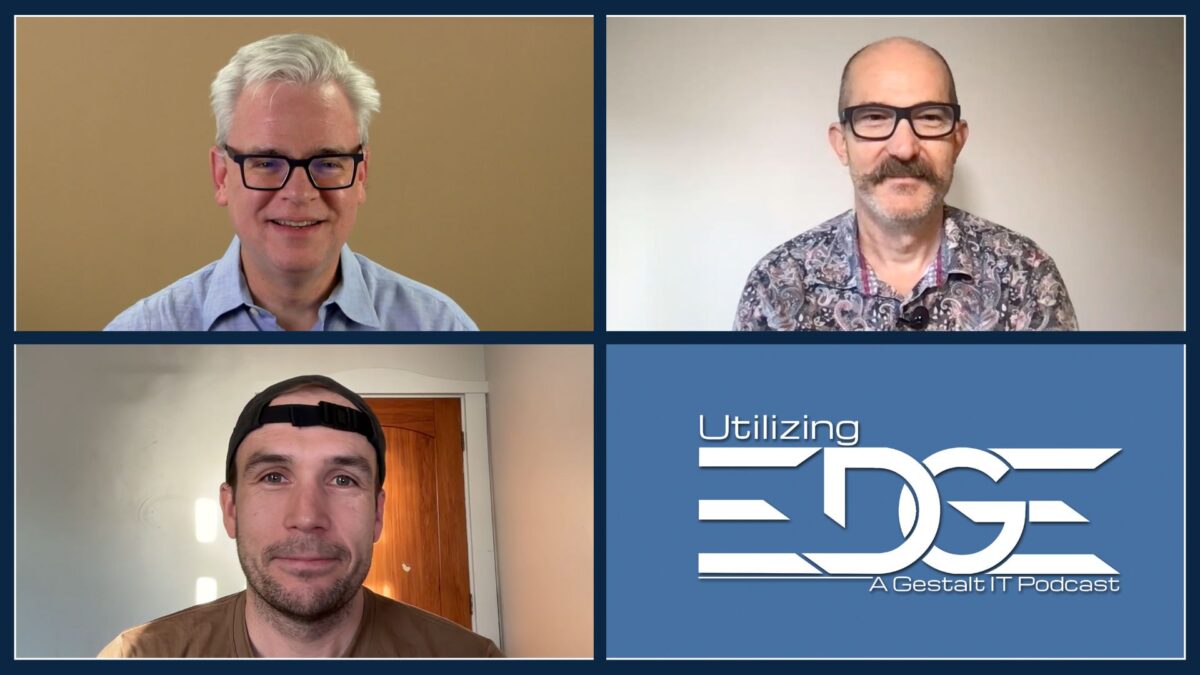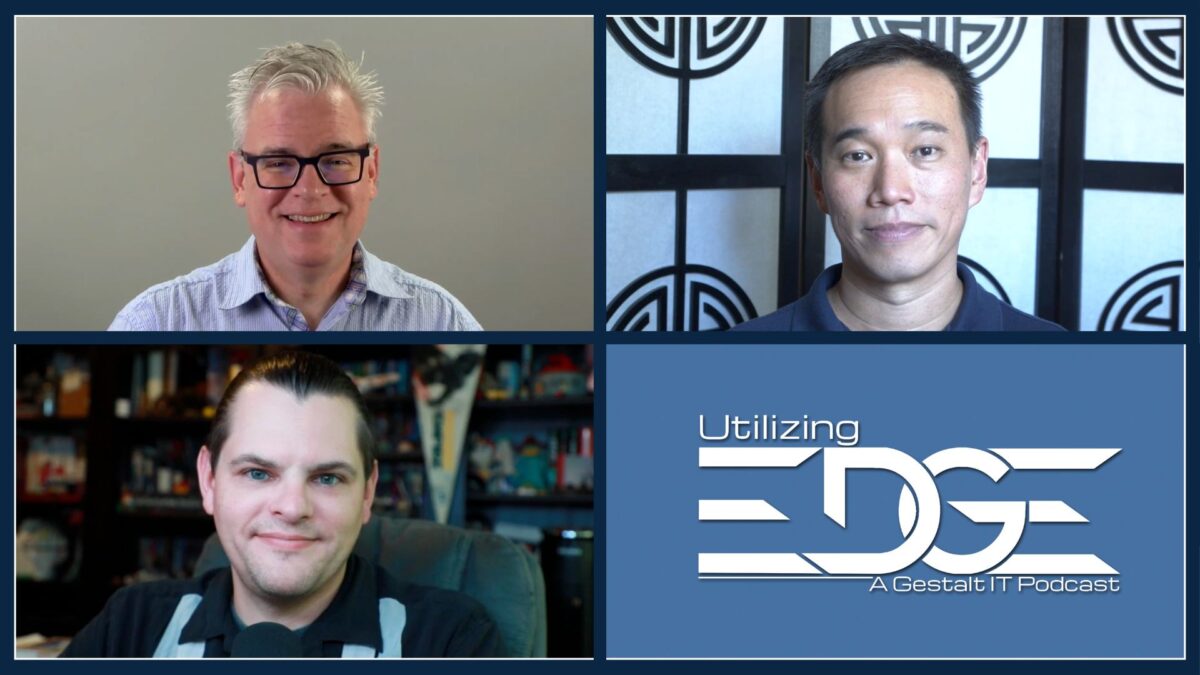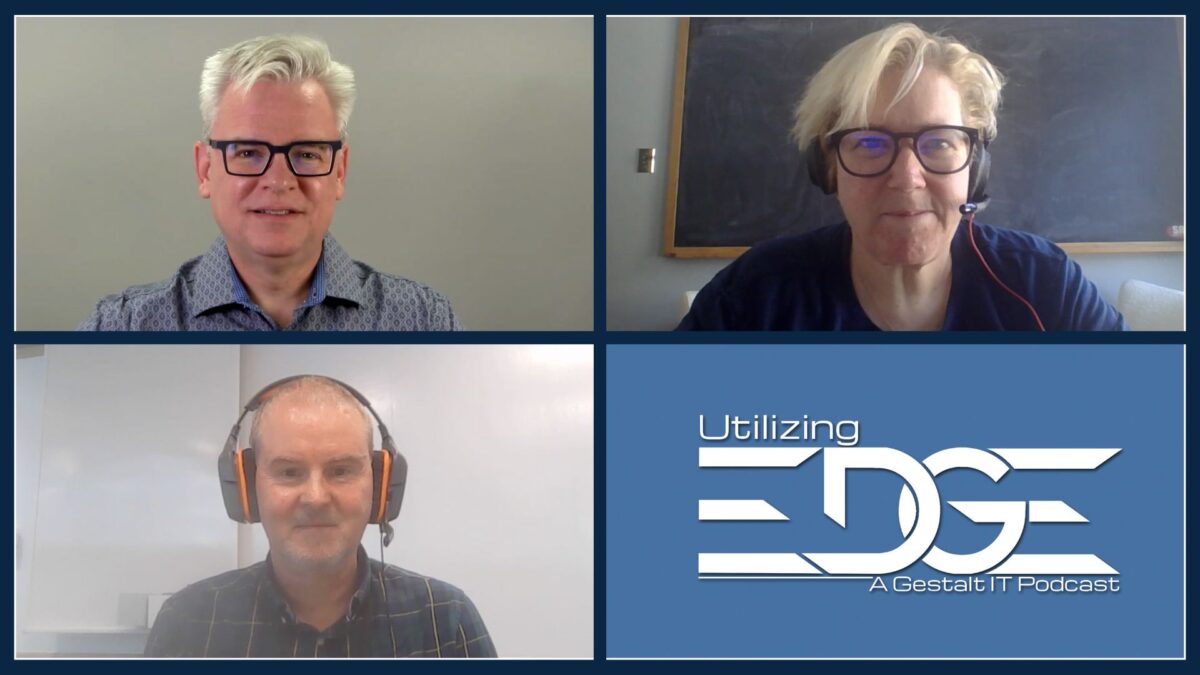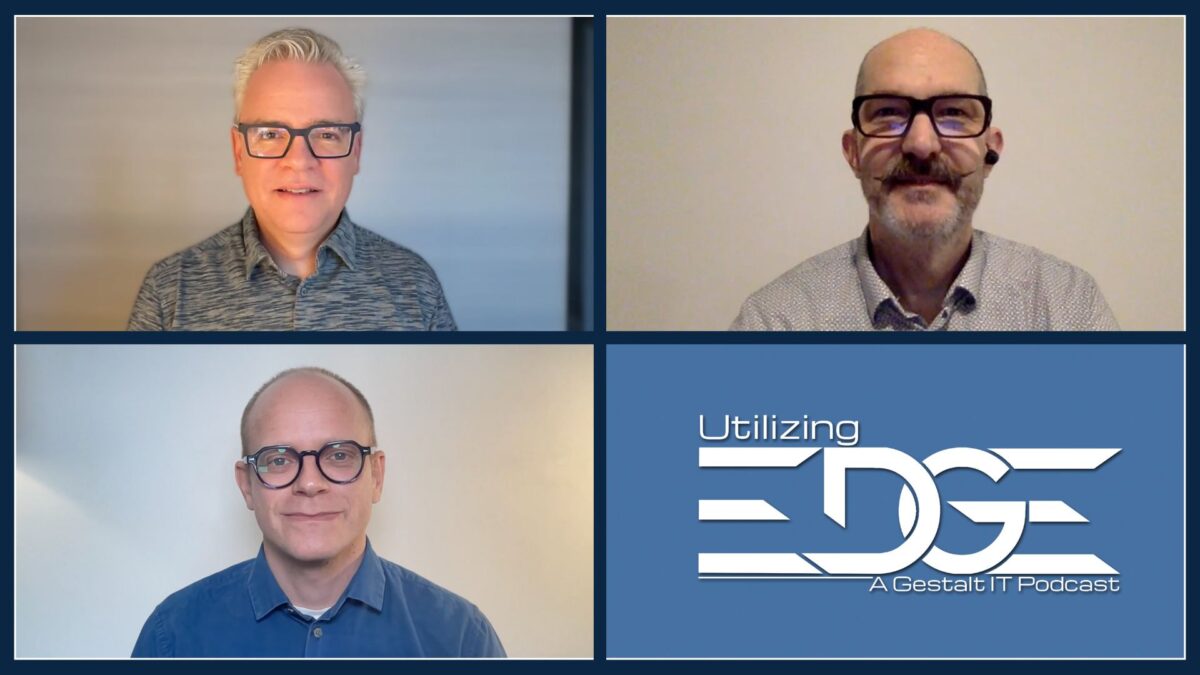As we’ve discussed all season on Utilizing Edge, innovation is coming from all directions, including hardware, software, and applications. This special crossover episode of the On-Premise IT and Utilizing Tech podcasts features Edge Field Day delegates Brian Knudtson, Ned Bellavance, and Jody Lemoine discussing their perspectives about edge innovation with Stephen Foskett. The primary drivers at the edge are integration, efficiency, and connectivity, as well as the unique needs of the applications there. Starting with hardware, customers are headed in two directions, with more enterprise availability features deployed in some locations and less-capable hardware in others, both in terms of compute and networking. At the software level, most edge infrastructure is hyper-converged, meaning that multiple layers of the stack are integrated in software and managed as one. Although intended as an application platform, Kubernetes is being deployed as a packaging abstraction and distribution solution at the edge.
